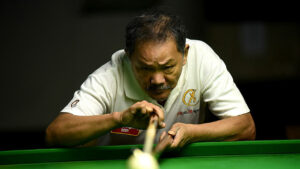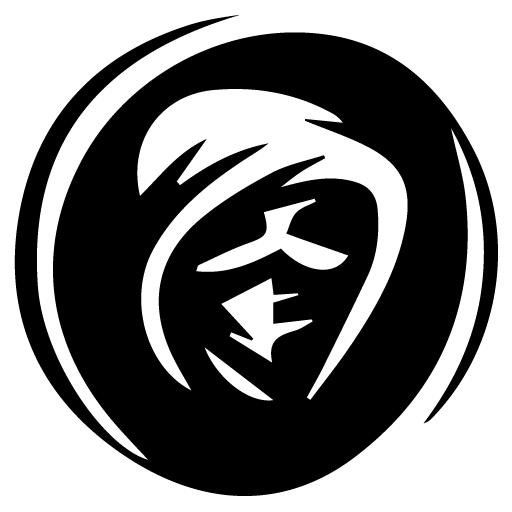Apparatus for Playing the Game of Billiards

9-Ball Rules
1. OBJECT OF THE GAME.Nine Ball is played with nine object balls numbered one through nine and a cue ball. On each shot the first ball the cue ball contacts must be the lowest-numbered ball on the table, but the balls need not be pocketed in order. If a player pockets any ball on a legal shot, he remains at the table for another shot, and continues until he misses, fouls, or wins the game by pocketing the 9-ball. After a miss, the incoming player must shoot from the position left by the previous player, but after any foul the incoming player may start with the cue ball anywhere on the table. Players are not required to call any shot. a match ends when one of the players has won the required number of games.
2. RACKING THE BALLS.The object balls are racked in a diamond shape, with the one ball at the top of the diamond and on the foot spot, the nine ball in the center of the diamond, and the other balls in random order, racked as tightly as possible. the game begins with cue ball in hand behind the head string.
3. LEGAL BREAK SHOT.The rules governing the break shot are the same as for other shots except: a.The breaker must strike the 1-ball first and either pocket a ball or drive at least four numbered balls to the rail. b.If the cue ball is pocketed or driven off the table, or the requirements of the opening break are not met, it is a foul, and the incoming player has cue ball in hand anywhere on the table.c.If on the break shot, the breaker causes an object ball to jump off the table, it is a foul and the incoming player has cue ball in hand anywhere on the table. The object ball is not respotted (exception: if the object ball is the 9-ball, it is respotted).
4. CONTINUING PLAY.On the shot immediately following a legal break, the shooter may play a “push out.” (See Rule 5.). If the breaker pockets one or more balls on a legal break, he continues to shoot until he misses, fouls, or wins the game. If the player misses or fouls, the other player begins his inning and shoots until he misses, fouls, or wins. the game ends when the nine ball is pocketed on a legal shot, or the game is forfeited for a serious infraction of the rules.
5. PUSH OUT.The player who shoots the shot immediately after a legal break may play a push out in an attempt to move the cue ball into a better position for the option that follows. On a push out, the cue ball is not required to contact any object ball nor any rail, but all other foul rules still apply. The player must announce his intention of playing a push out before the shot, or the shot is considered to be a normal shot. Any ball pocketed on a push out does not count and remains pocketed except the 9-ball. Following a legal push out, the incoming player is permitted to shoot from that position or to pass the shot back to the player who pushed out. A push out is not considered to be a foul as long as no rule (except rules 7. and 8.) is violated. An illegal push out is penalized according to the type of foul committed. After a player scratches on the break shot, the incoming player cannot play a push out.
6. FOULS.When a player commits a foul, he must relinquish his run at the table and no balls pocketed on the foul shot are respotted (exception: if a pocketed ball is the 9-ball, it is respotted). The incoming player is awarded ball in hand; prior to his first shot he may place the cue ball anywhere on the table. If a player commits several fouls on one shot, they are counted as only one foul….
Apparatus for Playing the Game of Billiards

